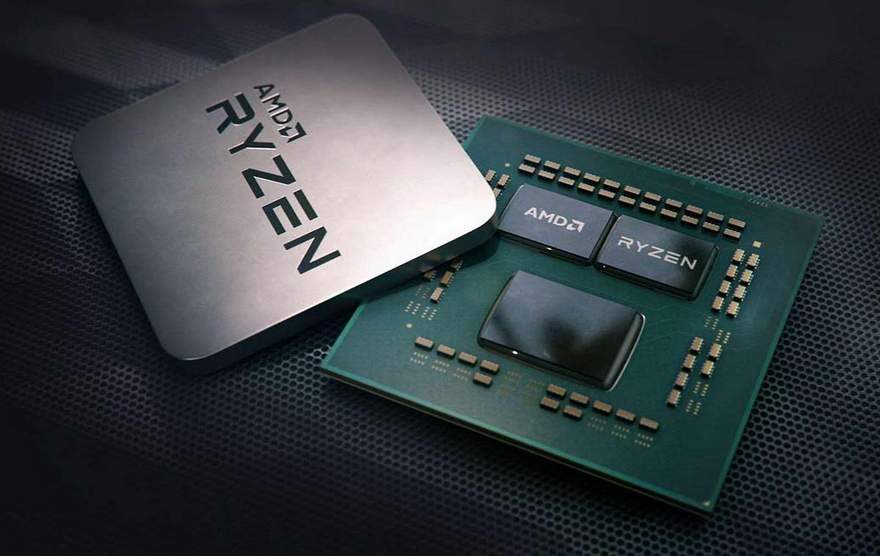AMD Denies Ryzen 3000 ‘High Idle Voltage’ Claims
Mike Sanders / 5 years ago

Following the launch of the AMD Ryzen 3rd-generation 3000 processors, the latest update to their CPU line has proven to be hugely popular with both fans and consumers. You can read our review of the processors via the link here! – It seems, however, that some concerns have been raised over how the processors may operate. Specifically, the seemingly high voltages they draw while ‘idling’.
In a report via TechPowerUp, however, AMD has spoken saying that they do not believe that the figures reported by many users are truly accurate. They believe that it is just a quirk of how the monitoring tools work.

AMD Ryzen 3000 Processors
Speaking of the reported issue, AMD’s Robert Hallock has said that the problem may be the rate in which various monitoring tools request the information from the cores.
“We have determined that many popular monitoring tools are quite aggressive in how they monitor the behavior of a core. Some of them wake every core in the system for 20 ms, and do this as often as every 200 ms. From the perspective of the processor firmware, this is interpreted as a workload that’s asking for sustained performance from the core(s). The firmware is designed to respond to such a pattern by boosting: higher clocks, higher voltages.
So, if you’re sitting there staring at your monitoring tool. The tool is constantly instructing all the cores to wake up and boost. This will keep the clock-speeds high, and the corresponding voltages will be elevated to support that boost. This is a classic case of observer effect. You’re expecting the tool to give valid data, but it’s actually producing invalid data by virtue of how it’s measuring,”

True Readings
Robert Hallock added that (in his opinion) the best tool for monitoring the voltage is CPU-Z. Specifically, if you’re looking for what he considers to be truly accurate results. He did, however, add that it’s also important to ensure that you have the ‘Balanced Power’ plan in place. In addition, it’s also recommended to ensure you have the latest drivers and Windows 10 (May) update installed.
With these in place, he says that the reported voltage levels “settle down” quite significantly as they are giving a much more ‘truer’ reflection of how much power your processor is actually drawing.
What do you think? Have you noted any voltage issues with your Ryzen 3000 processor? – Let us know in the comments!



















